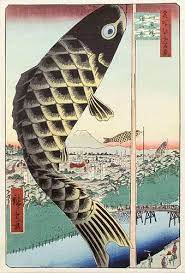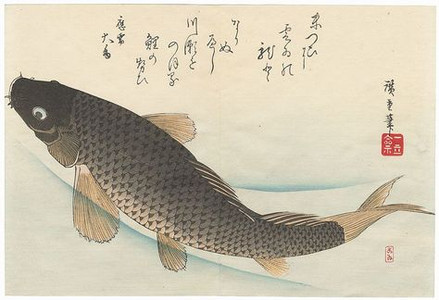Koi Fish Tattoos: Meaning, Symbolism, and Common Questions Answered
- Jason Sexton
- Feb 16
- 3 min read

Koi fish tattoos are some of the most popular and deeply symbolic designs in the tattoo world. These designs are rooted in Japanese culture and carry rich meanings and symbolism that appeal to many people looking for tattoos that represent strength, perseverance, and transformation. In this blog post, I’ll break down the common questions people ask about koi fish tattoos, covering everything from their symbolism to popular design choices.

What Do Koi Fish Tattoos Symbolize?
Koi fish are often associated with perseverance, strength, and overcoming obstacles. According to Japanese legend, koi fish that swim upstream in the Yellow River and successfully make it up the waterfall transform into powerful dragons. This journey symbolizes determination and the ability to face life’s struggles head-on. Depending on the color, direction, and other elements included in the tattoo, the koi fish can take on even more specific meanings.

What Are the Different Colors of Koi Fish and Their Meanings?
Color plays a huge role in koi fish symbolism. Each color can represent a different aspect of the wearer’s life or goals:
•Red Koi: Red often symbolizes love, strength, and intense energy. It can also represent feminine power.
•Black Koi: Black is linked to overcoming adversity or a major challenge in life. It’s often seen as a mark of triumph after hardship.
•Blue Koi: Blue is tied to tranquility and peace, but it can also represent masculinity and inner strength.
•Yellow or Gold Koi: These colors often symbolize wealth, prosperity, and good fortune.
•White Koi: White is associated with purity and new beginnings. It can represent a fresh start after a life-changing event.

What Is the Significance of the Koi’s Direction in a Tattoo?
The direction the koi fish swims in your tattoo can also hold specific meaning:
•Upstream Koi: A koi swimming upstream symbolizes strength and perseverance, is often seen as a symbol of someone still working toward a goal, fighting through challenges, and determined not giving up.
•Downstream Koi: A koi swimming downstream signifies that you’ve already overcome your obstacles and are in a place of peace or success.
Why Do Koi Fish Tattoos Often Include Other Elements?
Koi fish tattoos are often seen alongside other traditional Japanese symbols like water, lotus flowers, or dragons. These added elements give the tattoo more depth in terms of meaning:
•Water: Represents the struggles or challenges the koi is overcoming. The fish is always battling the current, which is why the water is often depicted in motion.
•Lotus Flower: The lotus represents purity and the ability to rise above challenges, just as the flower grows in muddy waters and blooms beautifully. Paired with a koi, it symbolizes growth and transformation.
•Cherry Blossoms: These delicate flowers symbolize the beauty and fragility of life, as they bloom for only a short time before falling. When paired with a koi, they remind us to appreciate life’s fleeting moments while continuing to persevere through challenges.
•Maple Leaves: In Japanese art, maple leaves often represent the passage of time or the changing seasons. With a koi, they can symbolize personal transformation, growth, and the continuous flow of life’s journey.
•Dragons: Dragons represent power and transformation in Japanese culture, tying back to the koi’s myth of becoming a dragon after swimming upstream. It’s a symbol of ultimate strength and change.

What Are Some Popular Koi Fish Tattoo Placements?
Koi fish tattoos are versatile and can be placed almost anywhere on the body. Here are some popular choices:
•Full Sleeve: Koi fish are perfect for sleeve tattoos, allowing for dynamic water designs and the inclusion of other elements like cherry blossoms, maple leaves or lotus flowers.
•Backpiece: A large koi fish across the back makes a bold statement and offers plenty of room for detailed artwork.
•Forearm or Calf: For smaller but equally impactful designs, the forearm or calf is a popular choice, often showing the koi swimming upstream or downstream.
•Side/Ribcage: For a more elongated design, the side of the body is perfect for a koi fish in motion, with plenty of space for flowing water and other elements.
Conclusion:
Koi fish tattoos are a beautiful, powerful way to represent resilience, personal growth, and transformation. Whether you’re drawn to the symbolism, the artistic style, or simply the beauty of the koi itself, there’s no doubt that this tattoo design can carry a deep and personal meaning.
Koi Fish Tattoos Meaning Symbolism and common questions answered. Brought to you by Lucky Koi Tattoo in Idaho Falls, Idaho.














Comments